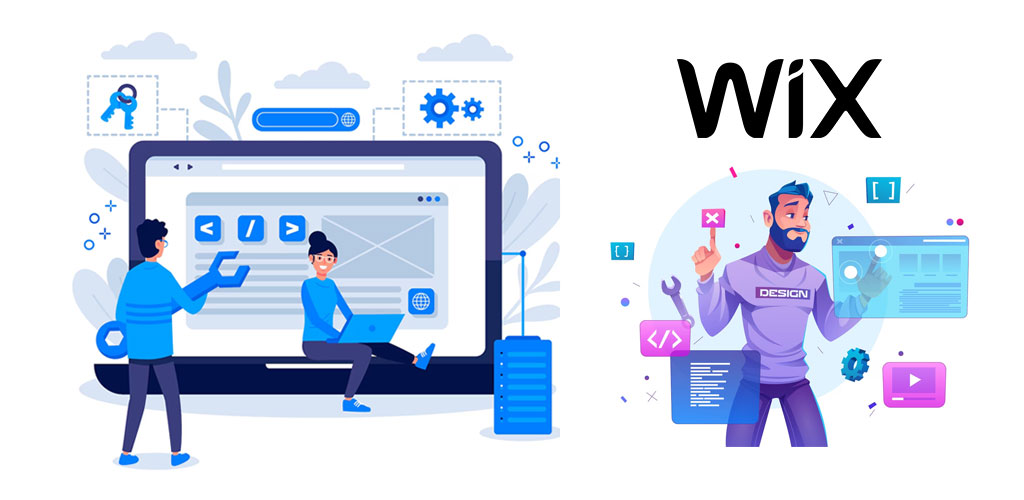In today’s digital age, having a professional website is no longer an option; it’s a necessity. Whether you are a small business, startup, or an established company, a well-designed website acts as the face of your brand online. Among the various platforms available for website creation, WIX has emerged as a popular choice due to its flexibility, ease of use, and powerful features. Many businesses in India are now seeking expert WIX website development companies to create visually appealing and highly functional websites.
WIX is a cloud-based website builder that allows users to design and customize websites without needing extensive coding knowledge. Its drag-and-drop interface, coupled with a variety of templates, makes it suitable for businesses of all sizes. However, creating a website that not only looks good but also performs effectively requires professional expertise. This is where a reliable WIX website development company in India comes into play.
A professional WIX website development company offers end-to-end services, from initial planning and design to development, deployment, and ongoing maintenance. These companies understand the importance of user experience and ensure that your website is intuitive, responsive, and optimized for all devices. They also focus on integrating essential features such as contact forms, booking systems, eCommerce functionalities, and SEO tools to help your business grow online.
One of the biggest advantages of hiring a WIX development company in India is cost-effectiveness. Compared to other web development solutions, WIX offers affordable pricing, and Indian developers provide competitive rates for high-quality services. Businesses can get a customized website that fits their brand identity without exceeding their budget. Moreover, Indian WIX developers are skilled at understanding global market trends, ensuring that your website appeals to an international audience if needed.
WIX also provides a variety of apps and third-party integrations that enhance website functionality. A professional WIX developer can effectively use these tools to create websites with advanced features such as live chat, email marketing integrations, payment gateways, and social media connectivity. By leveraging these tools, businesses can provide a seamless user experience and improve engagement with their customers.
In addition to design and functionality, search engine optimization (SEO) plays a crucial role in driving organic traffic to your website. WIX website development companies in India focus on creating SEO-friendly websites by optimizing meta tags, headings, URLs, images, and other elements. They also ensure fast page load speed, mobile responsiveness, and clean coding practices, all of which contribute to higher search engine rankings.
Another important aspect is website maintenance and support. A professional WIX development company ensures that your website stays up to date with the latest features and security updates. They can handle technical issues promptly, allowing business owners to focus on their core operations without worrying about website performance.
Choosing the right WIX website development company in India requires careful consideration. Look for companies with a proven portfolio, positive client reviews, and a clear understanding of your business goals. Communication is key, so ensure that the developers are responsive and capable of translating your ideas into an engaging online presence.
In conclusion, WIX provides an excellent platform for building modern, responsive, and functional websites. Hiring a professional WIX website development company in India can help you harness the platform’s full potential while saving time, reducing costs, and ensuring a seamless experience for your users. With the right team by your side, you can create a website that not only represents your brand effectively but also drives growth and success in the competitive online world.








